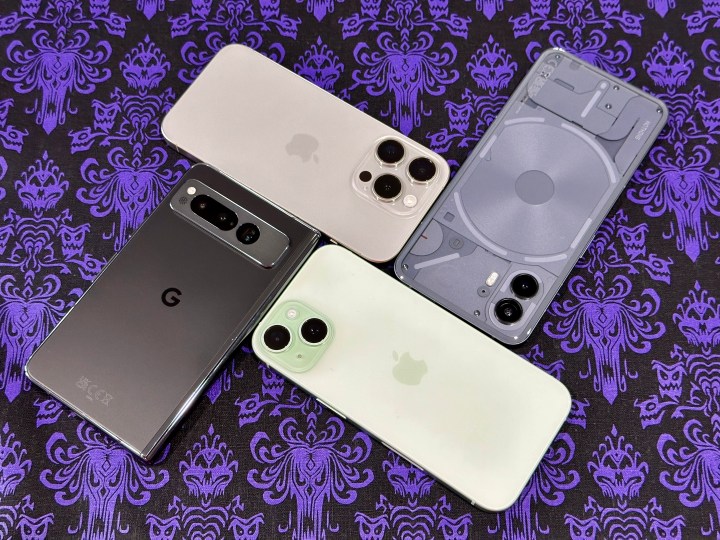
The Apple iPhone 15 lineup is here, which includes the iPhone 15, iPhone 15 Plus, iPhone 15 Pro, and iPhone 15 Pro Max. The Dynamic Island and USB-C are now available across the lineup, the standard models get a big camera boost to 48MP, the Pros get the new Action button, and the Pro Max even has a fancy new tetraprism telephoto lens for 5x optical zoom.
While all of this sounds impressive, Apple’s iPhone lineup is still behind the competition. Android phones have had some of these features for a while now — and even do some things a lot better.
Faster USB-C charging
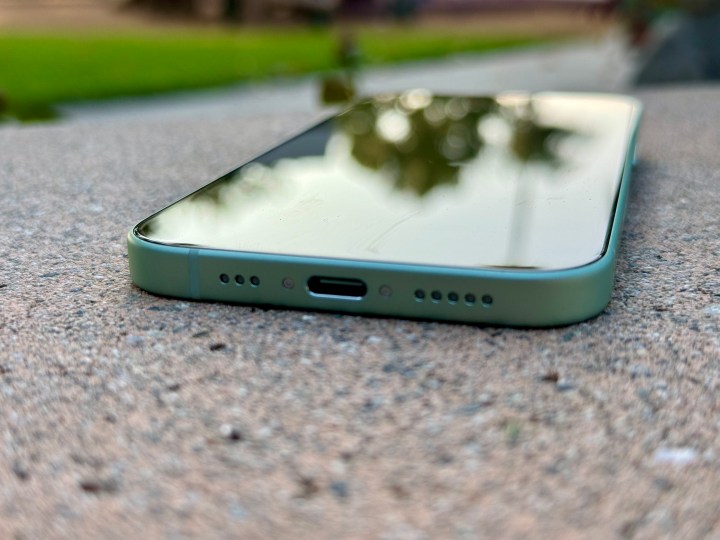
After using Lightning for a decade (first introduced in 2012 with the iPhone 5), Apple has finally made the jump over to USB-C for the iPhone 15 series. Though it seemed to be accepting of USB-C as a universal standard on stage, Apple was pretty much forced to make the switch by the European Union. And even with the iPhone joining the ranks of Android phones that have had USB-C for years, Apple still blundered this major design change.
With the change to USB-C, you would expect faster charging speeds than before. After all, some of the fastest-charging Android phones can reach speeds of up to 210W, which is about 66% battery in five minutes. And even for the average Android phone, such as the Samsung Galaxy S23 Ultra, it can reach charging speeds of up to 45W. Not too fast, but definitely faster than an iPhone. The OnePlus 11, on the other hand, can reach speeds up to 80W in the U.S. or 100W internationally. A lot of the limitations of fast charging are based on region.

However, it appears that even the iPhone 15 Pro and iPhone 15 Pro Max, the two higher-end models of the iPhone 15 lineup, will have the same charging speeds as before, which is around 27W. Despite moving over to USB-C, the charging speed remains the same, with no improvements made to speed. Apple did advertise faster data transfer speeds with certain cables (not the one included in the box), but this does not help charging speeds at all.
So, if you were hoping that the iPhone 15 would charge faster with USB-C, unfortunately, that’s not the case — and it’s a big wasted opportunity. When you want a phone that can fully charge quickly, you’re better off with an Android one.
Even more optical zoom

With the iPhone 15 Pro Max, Apple finally added an upgraded lens for the telephoto camera, which is now capable of up to 5x optical zoom. Apple created a unique prism design for this periscope lens in order to get it to fit in the chassis of the iPhone 15 Pro Max. Due to the size of the camera, only the larger Pro Max has the new telephoto lens.
With 5x optical zoom capabilities, there’s no doubt that the iPhone 15 Pro Max will be able to capture much better closeup shots than its predecessors. However, take a look at the Samsung Galaxy S23 Ultra. It’s within the same size range as the iPhone 15 Pro Max, and it has a periscope telephoto camera that is capable of up to 10x optical zoom — double that of the iPhone 15 Pro Max.
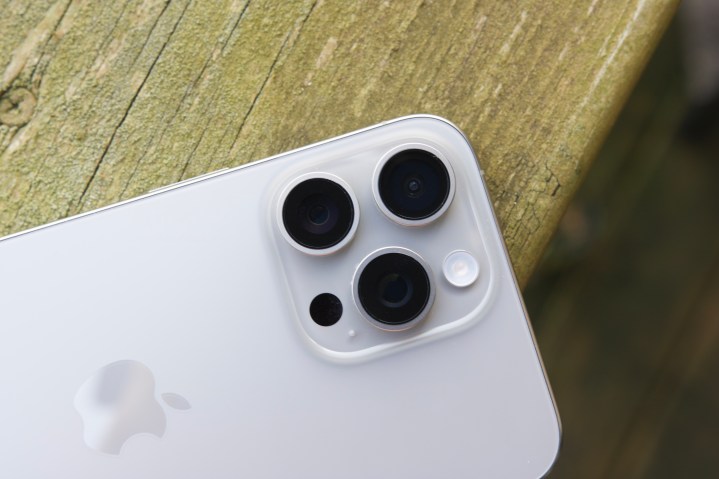
Our first impressions of the iPhone 15 Pro Max are good, the 5x telephoto camera included. But the Galaxy S23 Ultra is capable of twice as much optical zoom, which is something I was hoping that the iPhone 15 Pro Max would finally be able to match.
The S23 Ultra 10x optical zoom is fantastic for capturing wildlife photos, so I’m hoping that the iPhone 15 Pro Max is capable of some great shots too. But again, Android phones still continue to have better cameras than the iPhone 15, especially when it comes to periscope lenses and optical zoom functionality. Apple’s heading in the right direction, but it still has work left to do.
One physical button for multiple actions
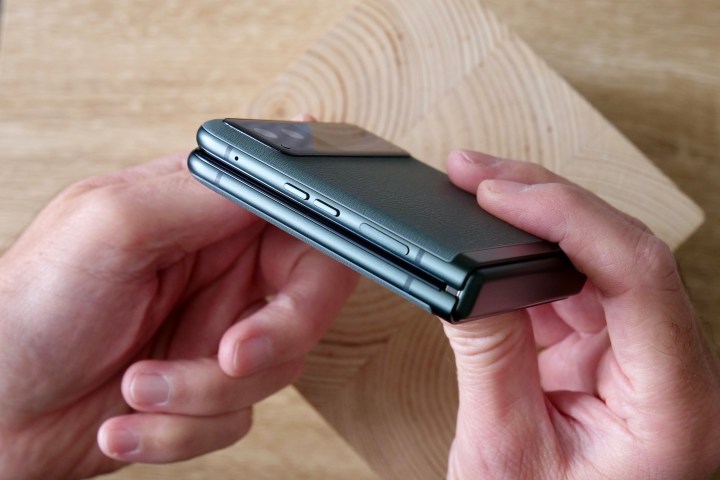
On the iPhone 15 Pro and iPhone 15 Pro Max, Apple has replaced the classic mute switch toggle with a new Action button. The Action button defaults to put your device into or out of silent mode with a press-and-hold gesture, but you can also customize it to a different action of your choosing.
However, the Action button is only capable of one assigned action at a time with the press-and-hold gesture. You could leave it on the default setting or do things like launch the Camera app, turn the Flashlight on, start a voice recording, enable some Accessibility features, run a Shortcut, or have no action.
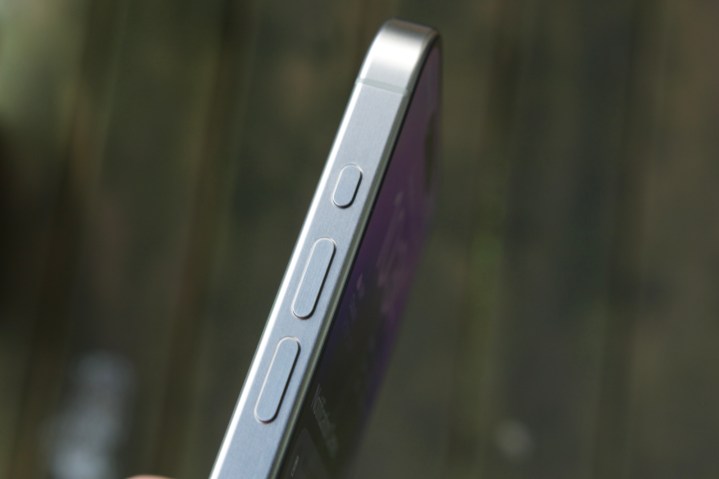
It’s honestly a bit disappointing that you can really only use the Action button for one thing at a time. I was hoping that it would be a multi-function button, where you can assign one action for a single press, another for a double press, and maybe one more with a triple press. But that’s not the case here.
On some Android phones, you can do multiple actions with the side button, such as double pressing to launch the camera, press-and-hold to activate the voice assistant, and more. While the UI for changing the function of the Action button is beautiful and very Apple-like, it would have been nice to see it be able to do more than one thing at a time.
$800 phones with 120Hz displays
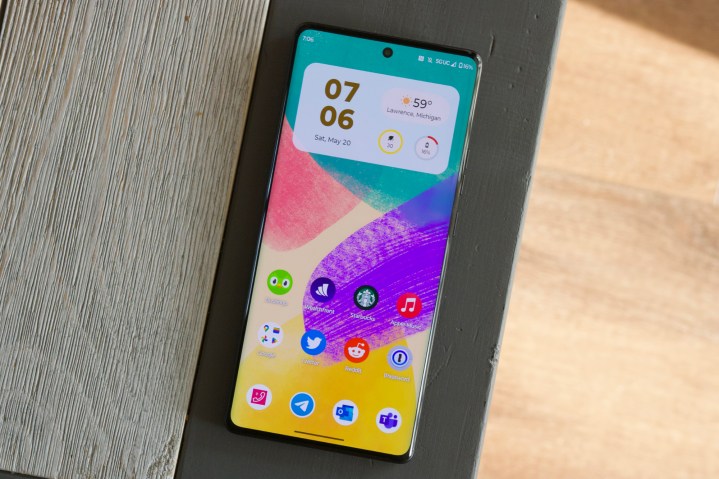
The iPhone 15 Pro and iPhone 15 Pro Max have beautiful ProMotion displays with a dynamic 120Hz refresh rate. That means you have beautiful colors, sharp and crisp text, and insanely smooth scrolling and animations between apps. These displays warrant the high price of admission.
But on the standard iPhone 15 and iPhone 15 Plus, Apple is still using a terribly outdated 60Hz refresh rate, which is hard to justify considering the price of the devices. It’s still a Super Retina XDR display, so you’ll have bright and vivid colors and sharp text. But scrolling isn’t as smooth, and the transition animations might be a bit more janky.
To the average person, it may not be super noticeable, especially if you haven’t used a phone with a higher refresh rate on the display. But when you have the standard iPhone 15 next to a device with a higher refresh rate display, the difference can be noticeable, especially if it’s 120Hz.
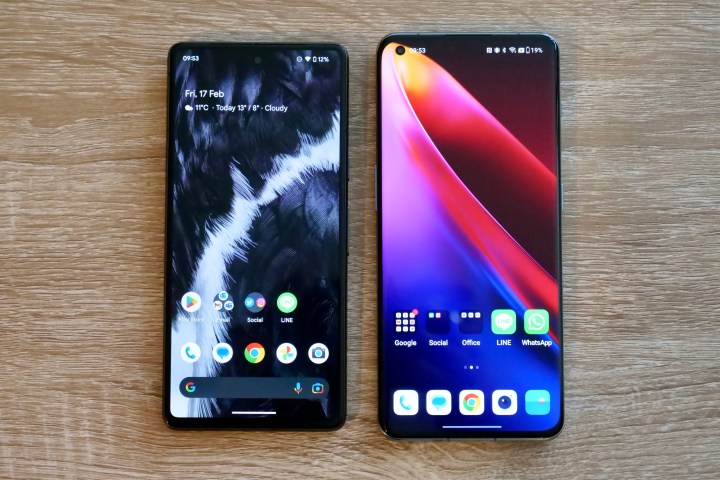
In the world of Android phones, you’d be hard-pressed to find one that still has a 60Hz refresh rate on the display. Even budget-friendly options have at least 90Hz these days, and a majority of the base models for the flagships, such as the Galaxy S23, have 120Hz. The Google Pixel 7 may not be as high as 120Hz, but it’s 90Hz, which is still a big improvement over Apple’s 60Hz.
When Apple is asking for at least $800 for the base model iPhone 15, it’s really hard to justify the price and still have a display that only gets to 60Hz. And while we’re on the subject of displays, the base models still lack an always-on display, which has become commonplace with Android phones in a similar price range.
The iPhone is getting there

It has taken a while, but what Apple has come up with this year helps to slightly close the gap with the competition. But there’s still room for improvement, of course.
Apple has made some questionable choices with the iPhone 15 lineup, as we mentioned here. The most baffling to me are still using a 60Hz refresh rate for the base models, plus no faster charging with USB-C. It’s almost insulting.
That all said, there are still some great things about the iPhone 15 — like Auto Portrait mode (especially great for parents), along with the titanium design of the iPhone 15 Pro models that feels really damn good. And even with its quirks, the iPhone 15 is one of the biggest upgrades for the standard models in quite some time. Apple clearly knows how to still make great iPhones, but with a few extra features from its Android counterparts, they could be even better.
Editors' Recommendations
- This one Apple Fitness feature completely changed how I exercise
- 5 phones you should buy instead of the iPhone 15
- Why you should buy the iPhone 15 Pro instead of the iPhone 15 Pro Max
- 3 reasons why I’ll actually use Anker’s new iPhone power bank
- Here’s how Apple could change your iPhone forever




